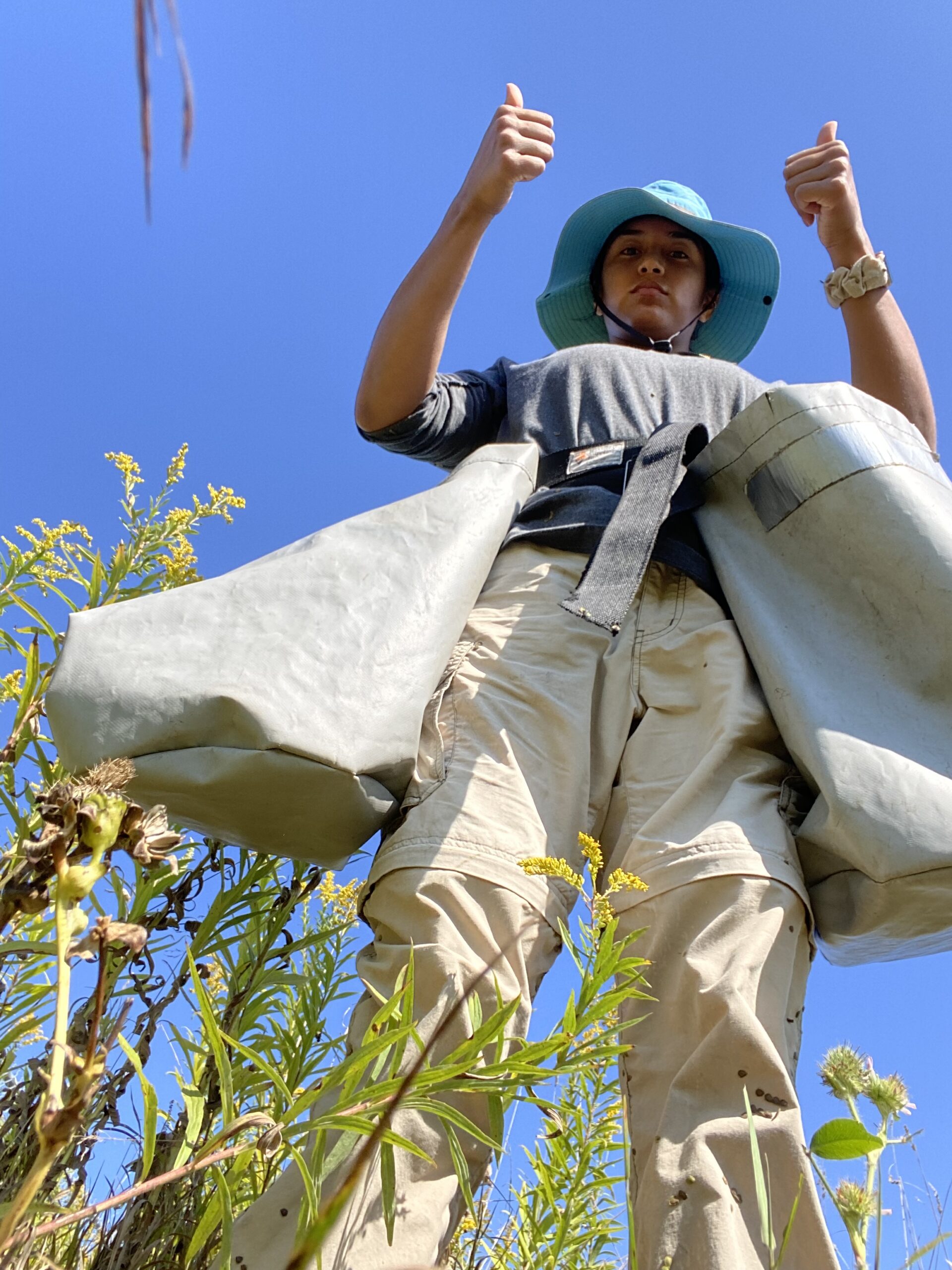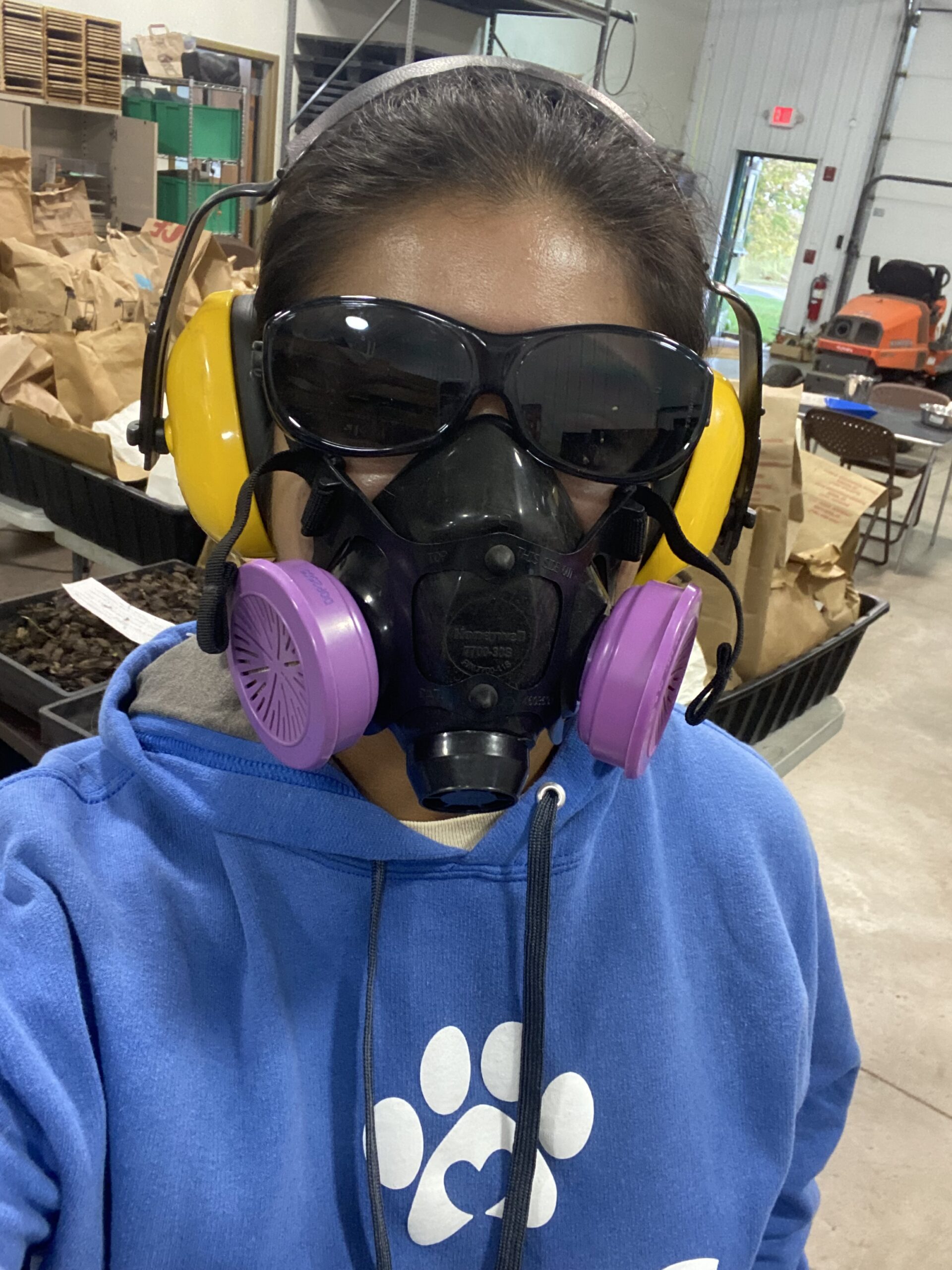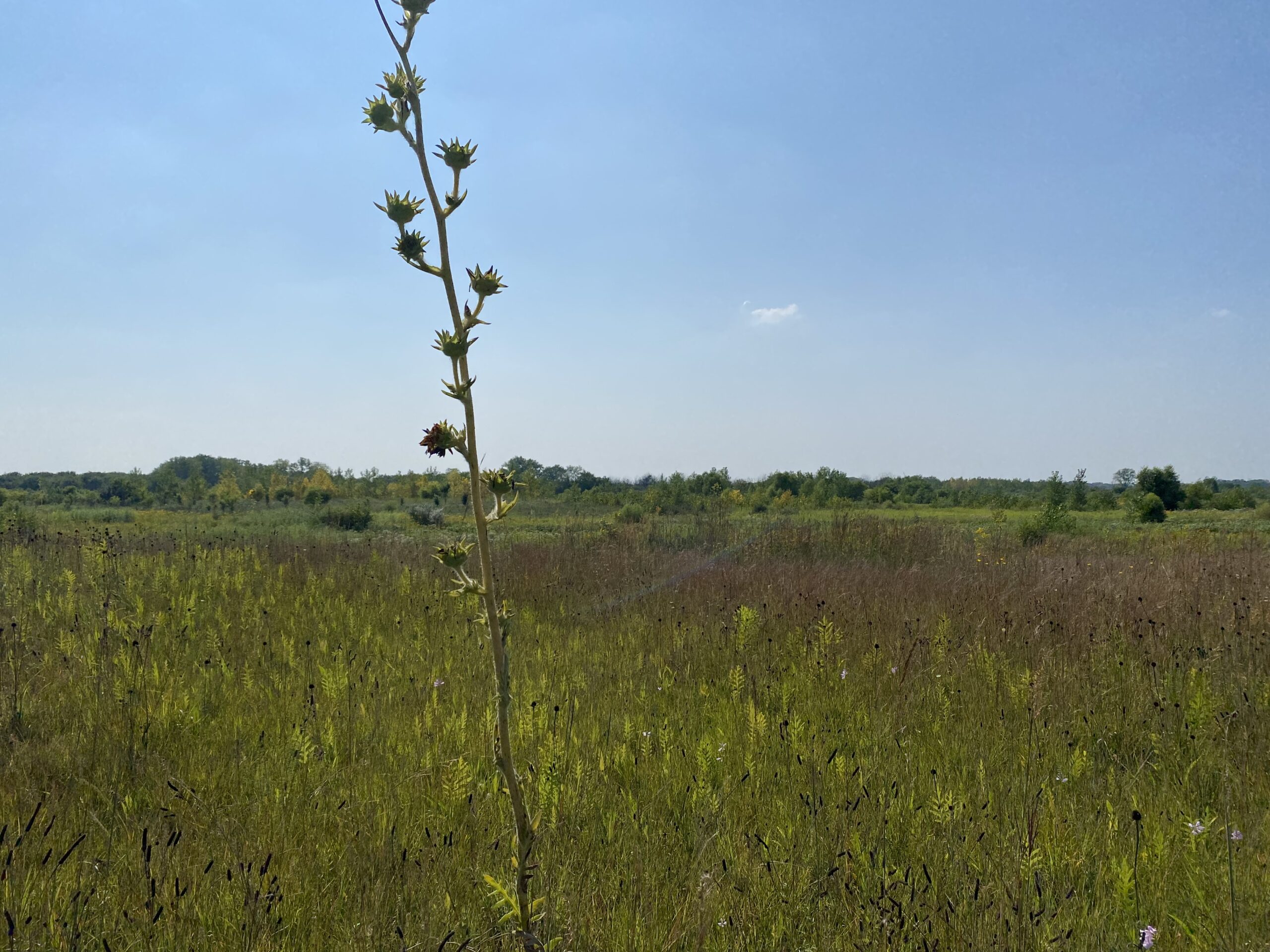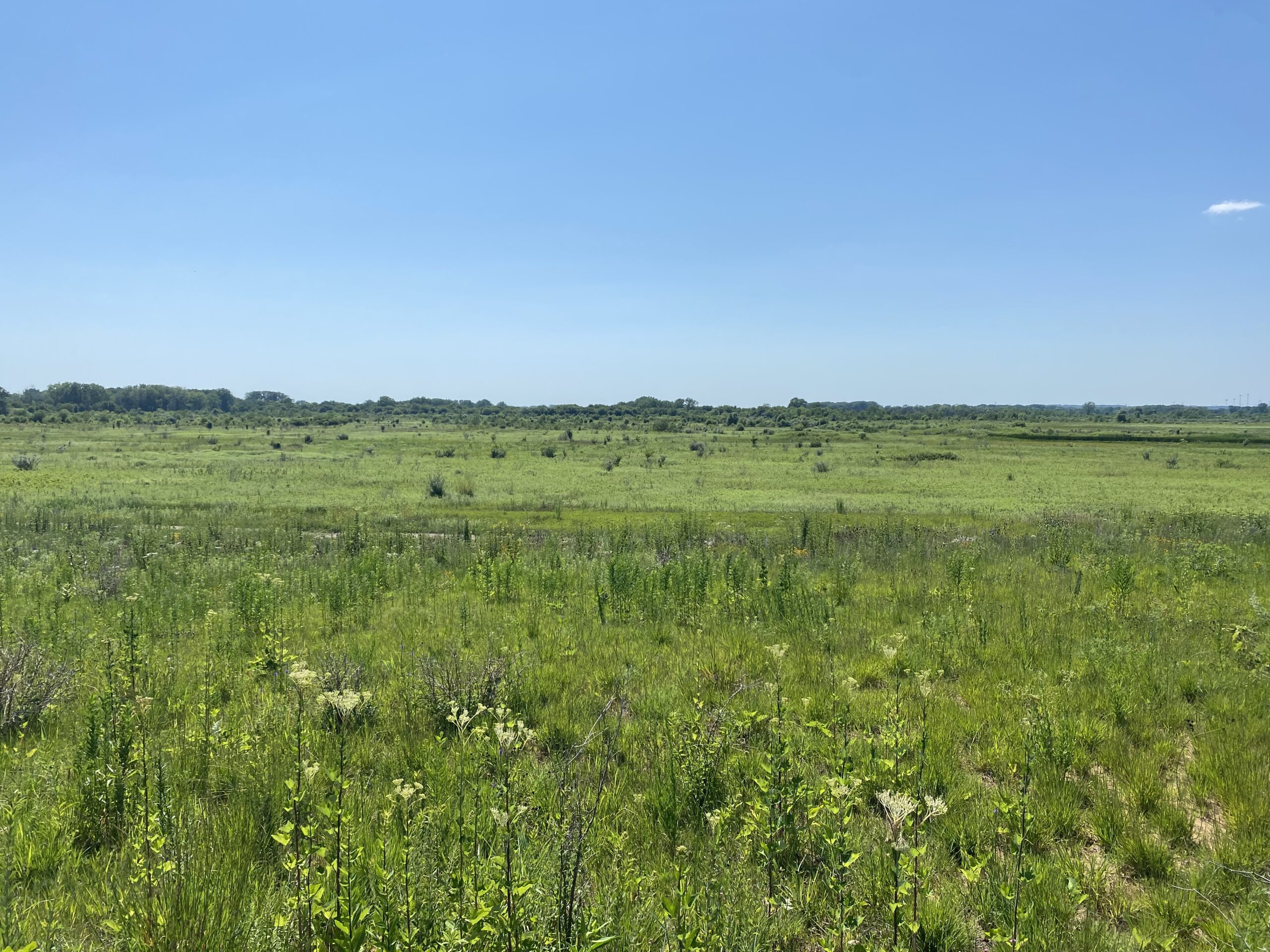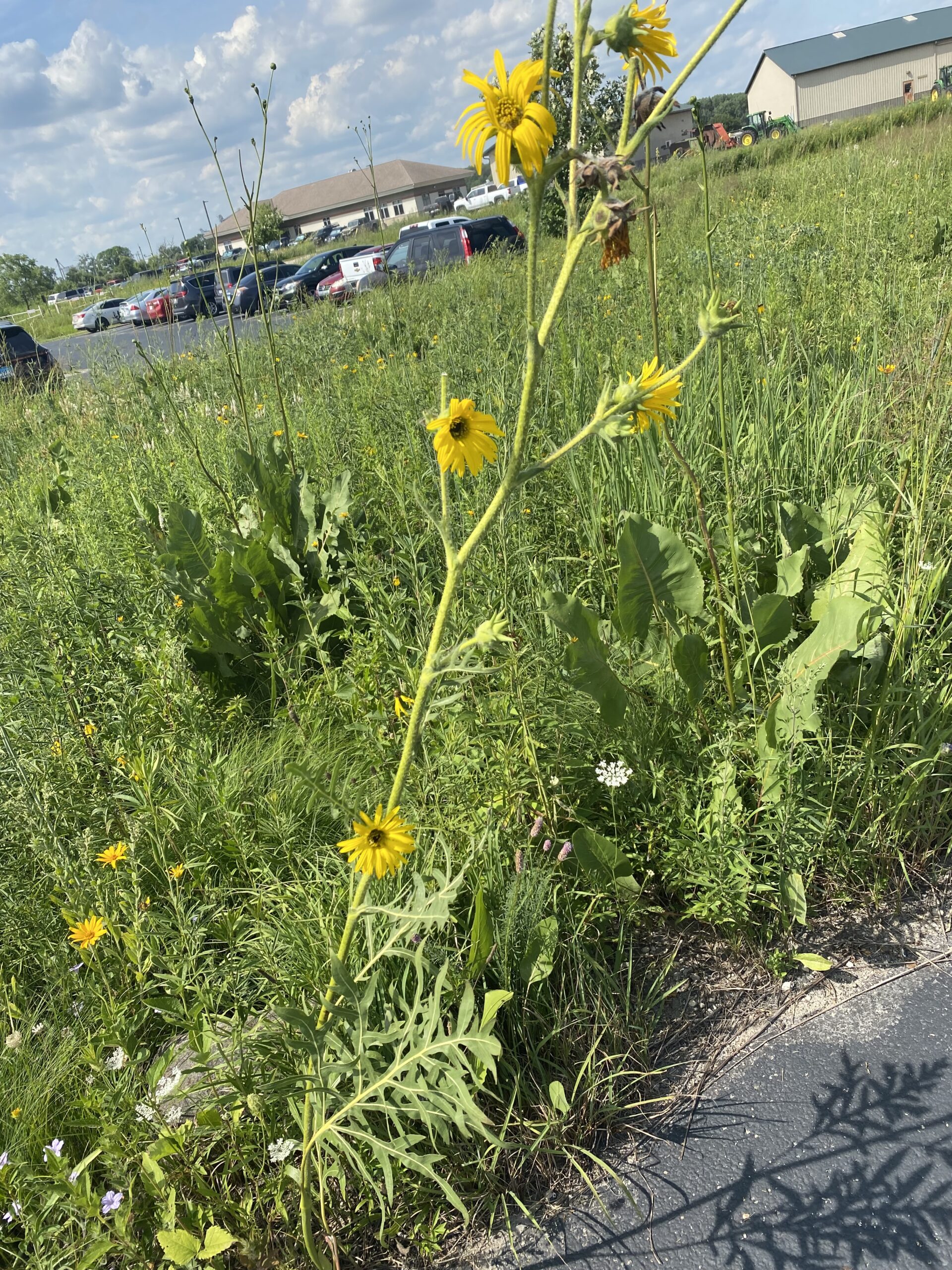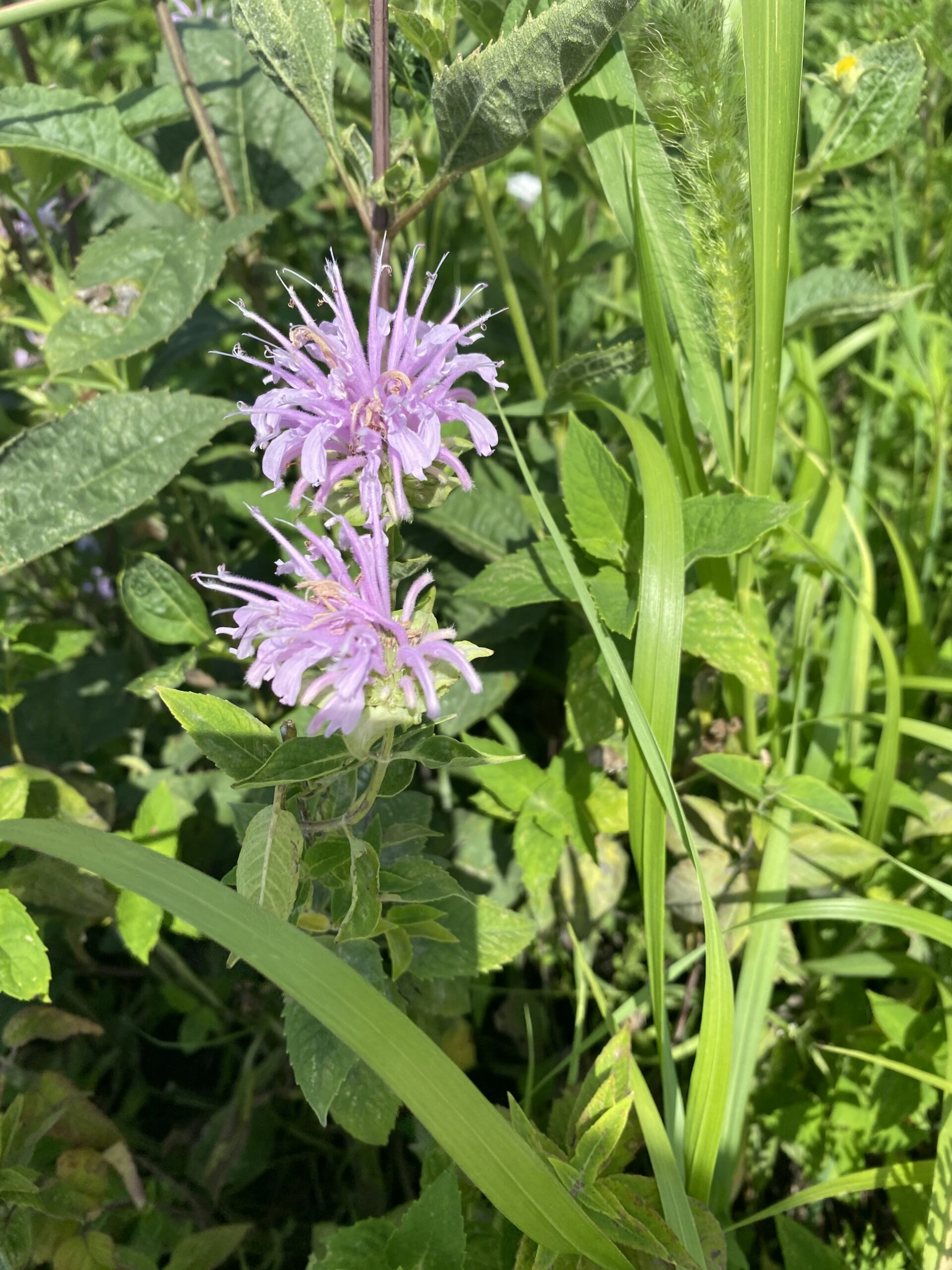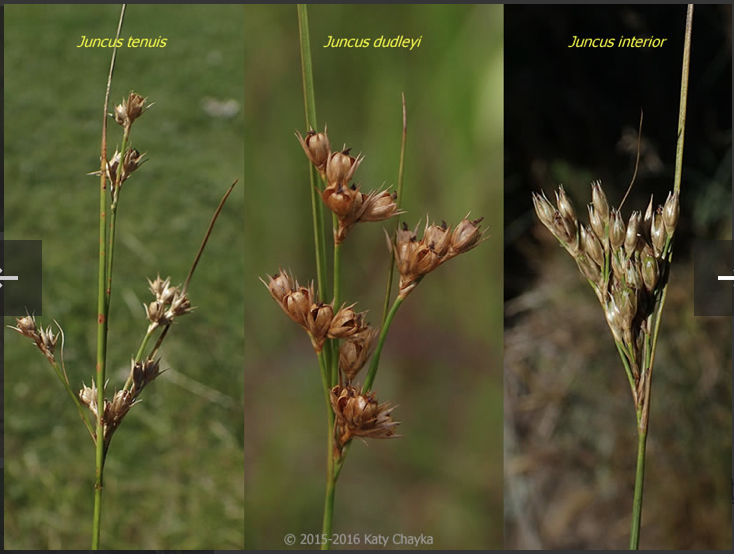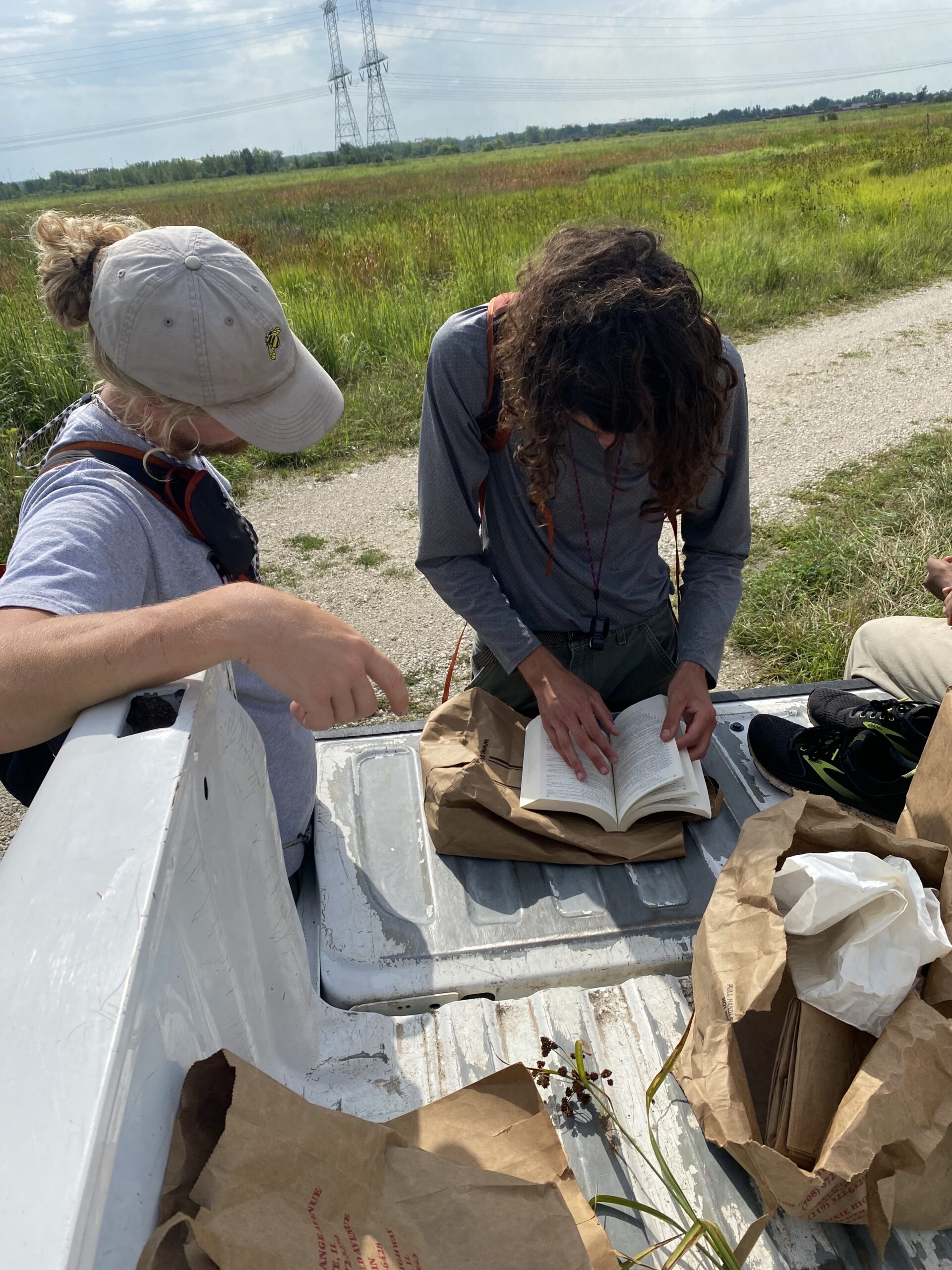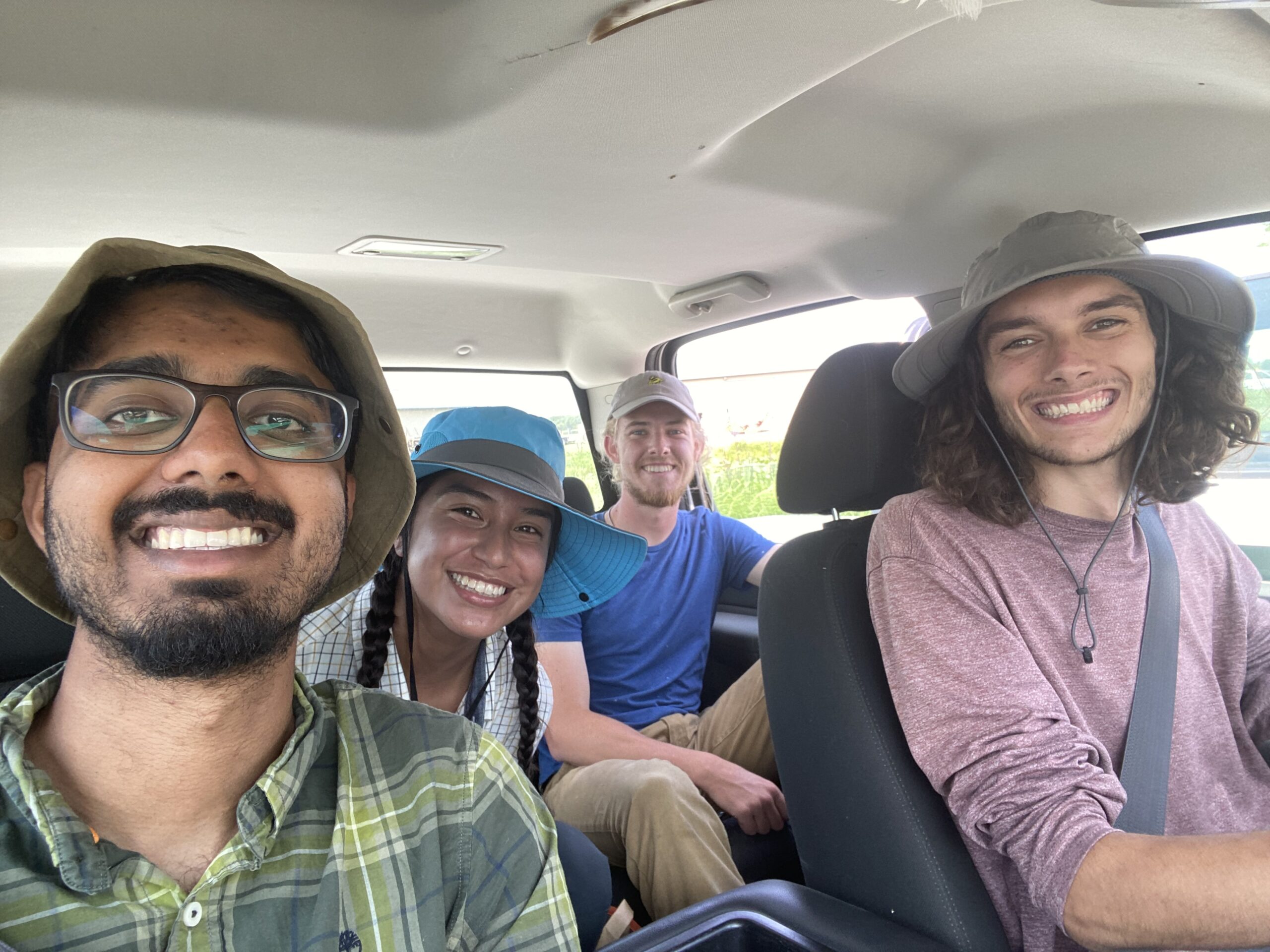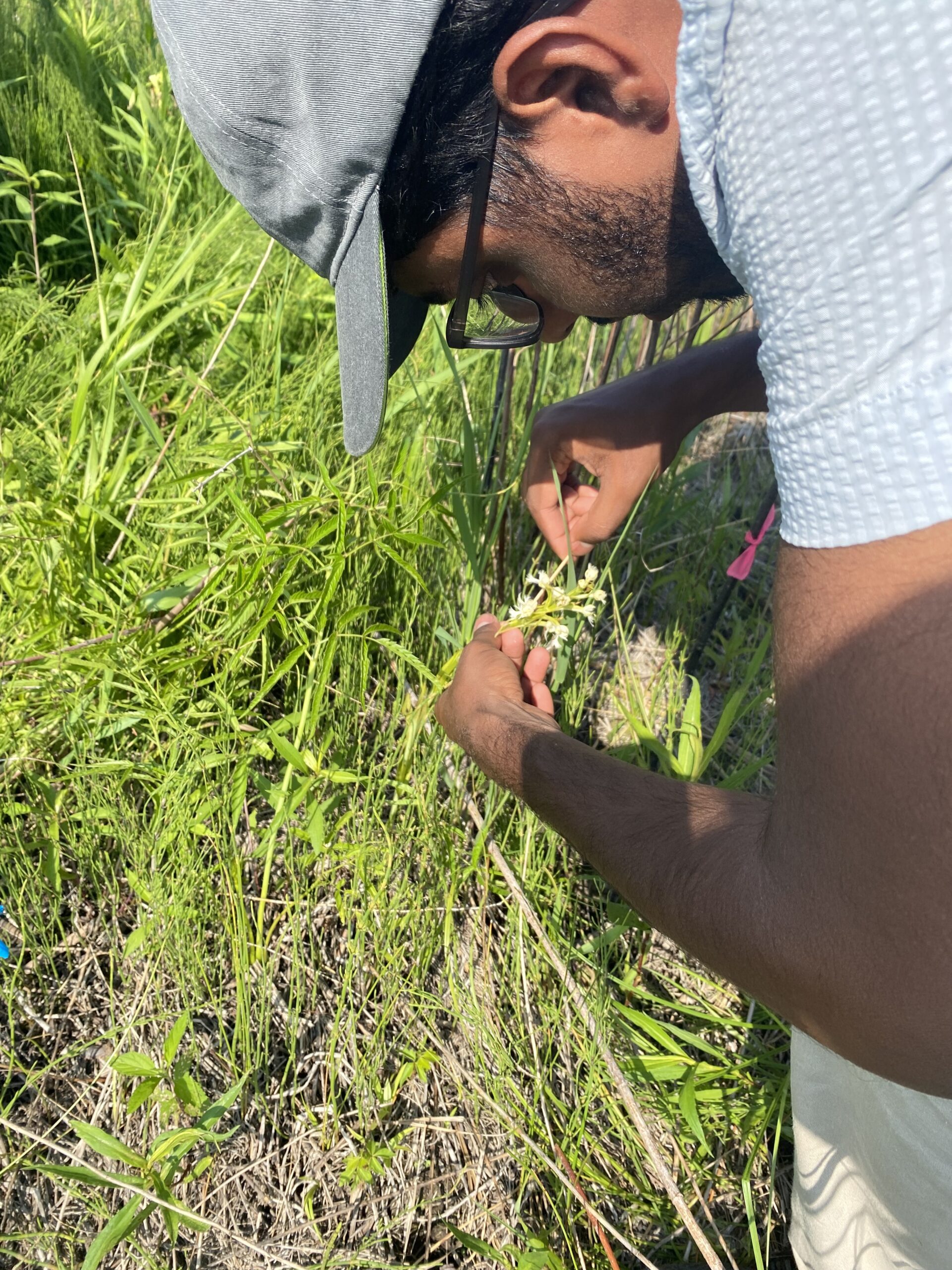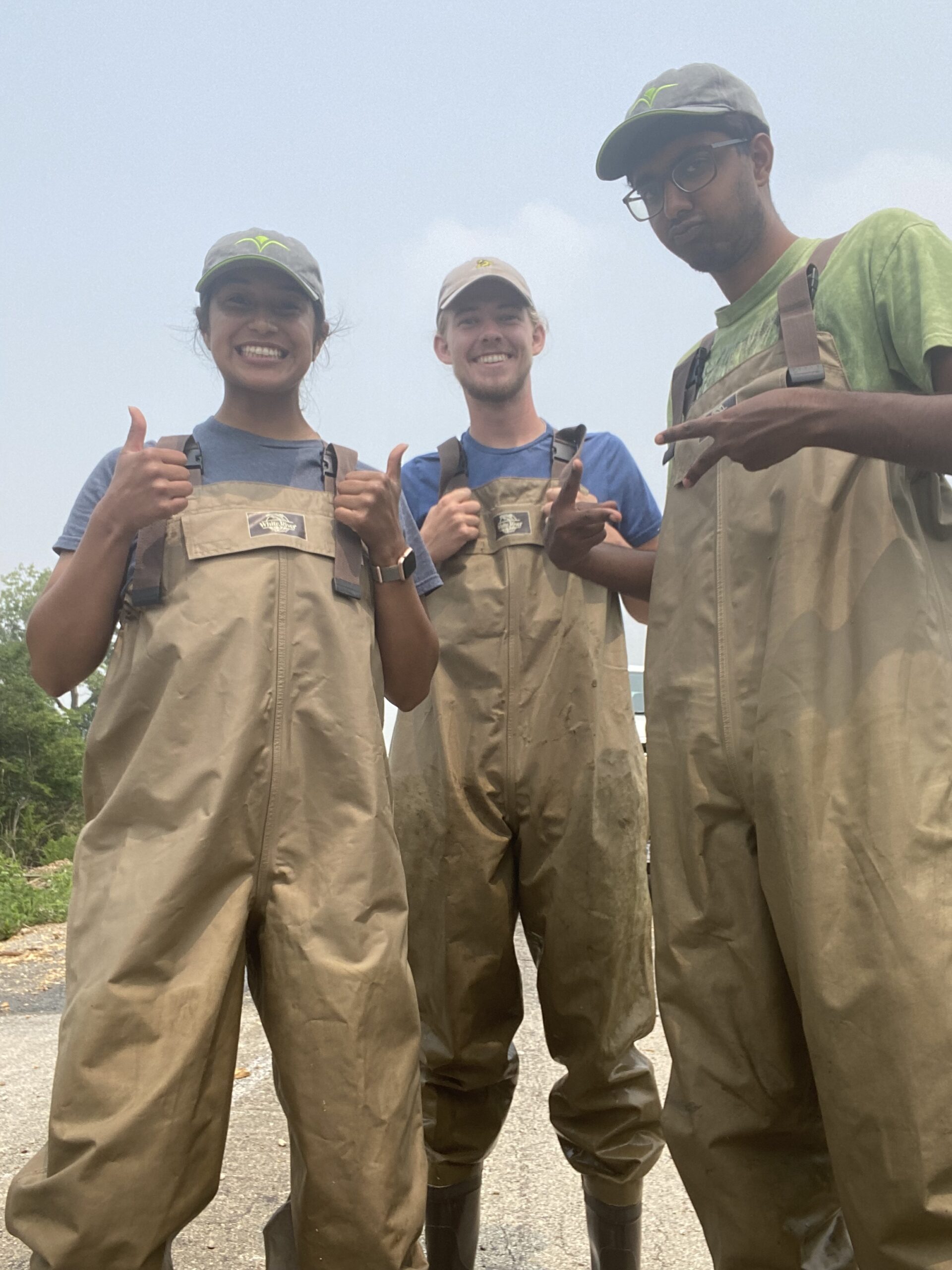The most encouraging experiences always leave you with a bittersweet taste in your mouth. Like the first time you ever had a sour patch kid. It’s a new exciting time you can barely hold in your laughter of joy. You’ve heard the jingles : “First they’re sour, then they’re sweet” and “Sour Patch Kids: Sour, Sweet, Gone”. Yet in the head of a five year old, these words don’t hold much meaning. All you know is there is a handful of brightly colored, sugar-coated candies in your hands waiting to be in your mouth!
The first taste shocks you and your whole system, bringing a hard realization of panic to your brain.
“What have I done?! Why do people like these?!”
It floods all of your senses with a sharp ping. In rare situations, even shocking your lower jaw into a tightening, almost stinging pain.
My first days as a CLM intern at Midewin National Tallgrass Prairie brought on a similar shock to my system. Taking a botany internship with the Federal Government is already an unnerving experience. Stack on top of the fact that I have had little formal training on the plant sciences thus far, I felt way over my head. People were throwing out plant names left and right that I had not even heard of before. How was I going to figure out all of these species in 5 months?
Our first week we learned about Brassicaceae and Rosaceae with an in field lesson on how to identify the different species in each Genus. To tell the truth… it was extremely overwhelming. Sure I had used a dichotomous key before, but these people just knew what they were looking at were different features. I hadn’t even seen the plant before let alone its unique features. I felt like a shock of 100 sour patch kids fully coated in sour sugar into my mouth!
But here’s the funny part about sour patch kids. When the initial shock of sour subsides, they leave a sweet gooey candy that fills your mouth with rich flavors of blue raspberry, watermelon, strawberry, and lemon! Your young five year old heart swells with joy from the burst of sugar on your tongue. Your eyes widen as you grin ear to ear. Finally, the sweetness has shown its cards at last!
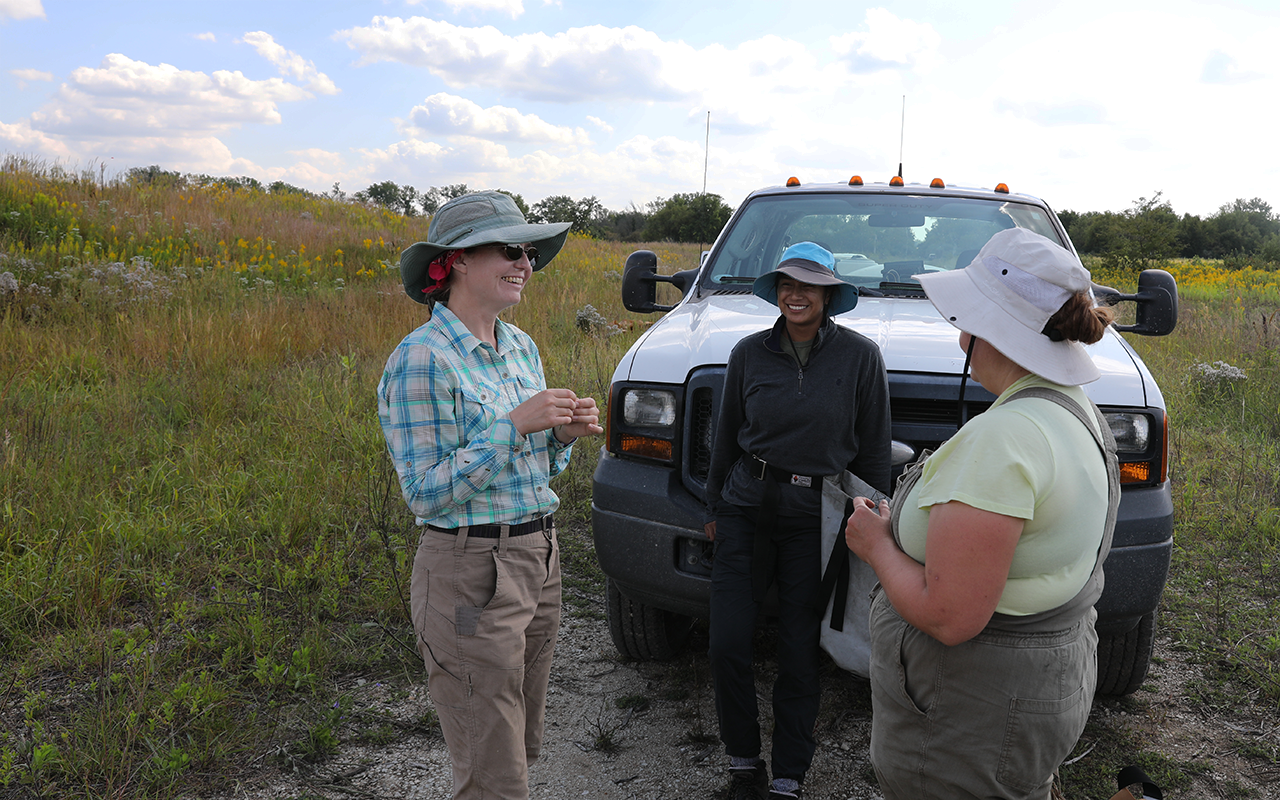
As I continued my work on the prairie it got easier. The ugly sourness of fear and intimidation faded away as I bonded with my co-interns (Shout out our 20 hour flights to Boise, ID), worked more with the technicians, and learned to identify my prairie plants. The people here made my experience so sweet. Whether it was monitoring rare plant species in a dolomite prairie with thick sun rays beating your back. Planting Sporobolus heterolepis for a mycorrhizal experiment in the rain, or kissing a bunch of snakes as they tried to slither away in your hands, the days were always eventful.
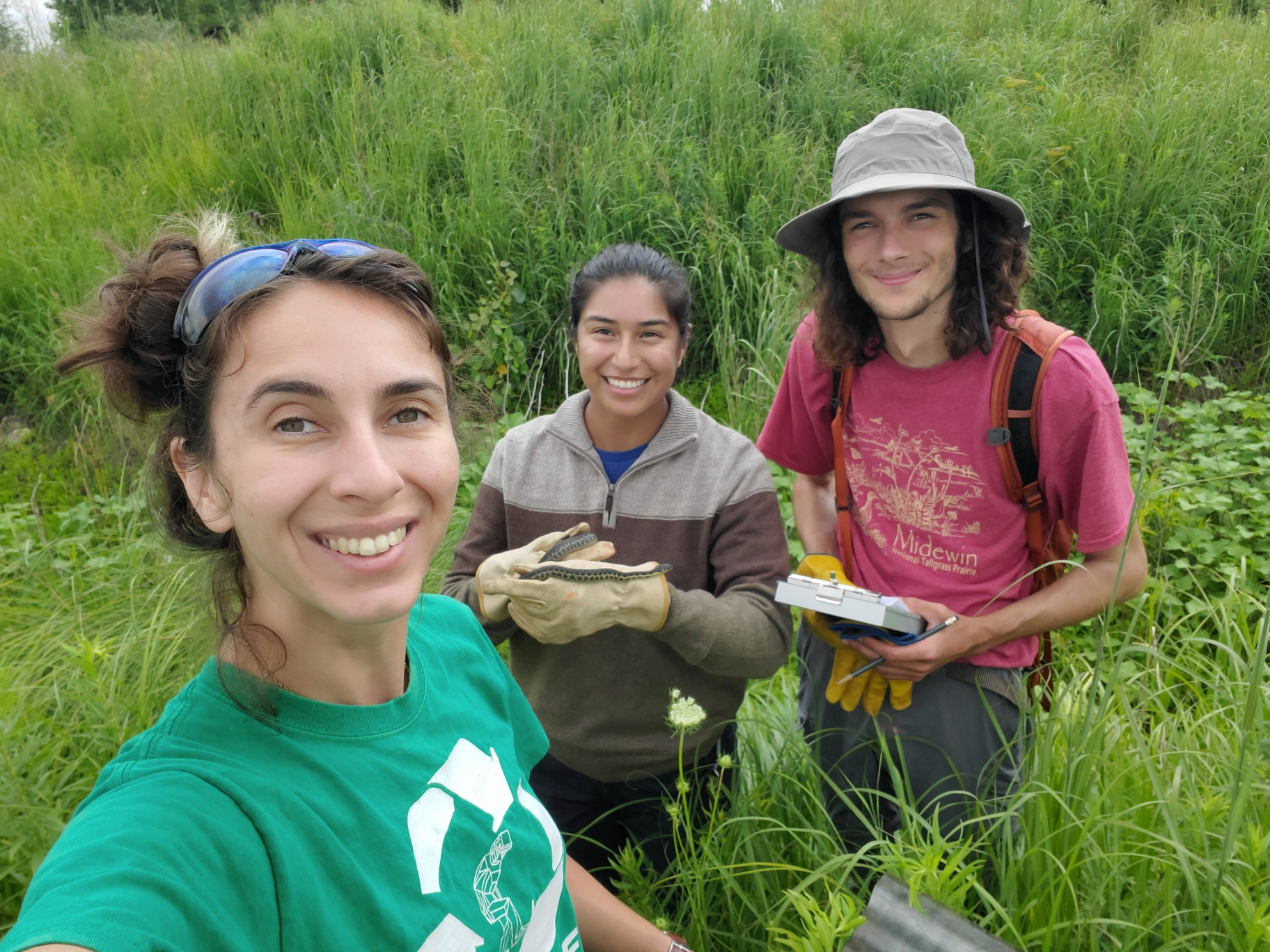
We as a team have keyed our unknown species of plants, pursued trivia, built retention walls, trudged through dirty streams, and of course, collected seeds. We’ve sworn, yelled, complained, hugged, laughed, and celebrated together through it all. Working together we have done as much for the prairie as it has done for us and we hope it was enough.
The funny thing is about bittersweet endings is you would give anything to go back to that first day. Those sour first days when it all felt like too much because you know how sweet of an experience it will turn out to be. Then it’s all done, just a blip in time to be remembered but never repeated.
Almost like the company knew what they were doing when they wrote the slogan for sour patch kids:
“Sour Patch Kids: Sour, Sweet, Gone”

